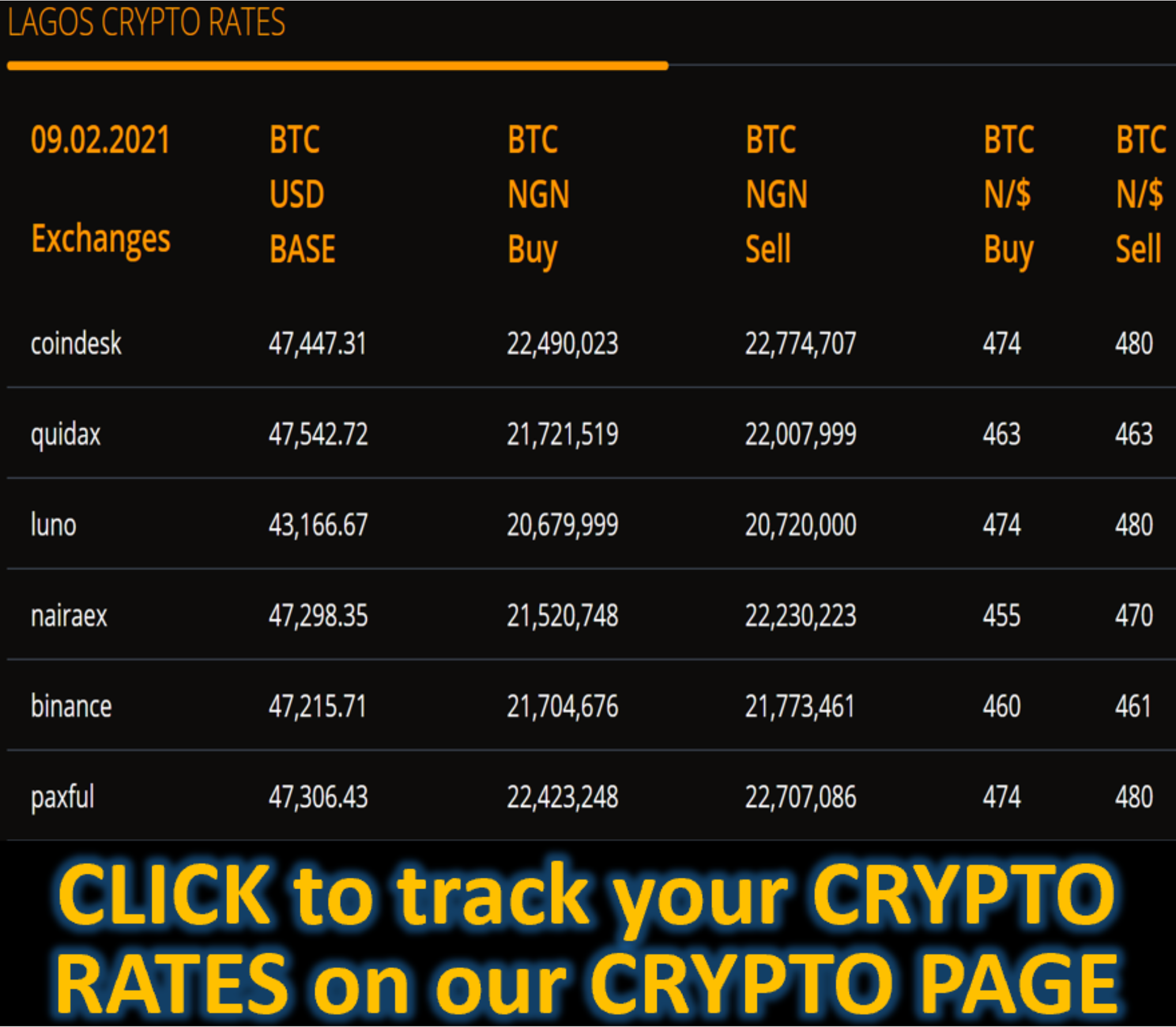Market News
Canada Retail Sales Fell in January After End-of-Year Surge - BLOOMBERG
(Bloomberg) -- Canadian consumers tightened their grip on their purse strings after a holiday splurge.
An advance estimate suggests receipts for retailers fell 0.4% in January, Statistics Canada said Friday. That would be the first contraction in seven months and follows a solid gain of 2.5% in December, which is the biggest jump since May 2022 and beat the median estimate in a Bloomberg survey of economists.
A federal sales tax holiday between Dec. 14 and Feb. 15 was likely a major driver of the robust spending, although the momentum didn’t appear to last in January. Sectors that benefited from tax exemptions — including supermarkets as well as beer, wine and liquor retailers — showed higher receipts in December.
But December’s retail strength was broad-based, with sales up in all nine subsectors for the first time since September 2020. Receipts were also up in all 10 provinces, a first since January 2023. A series of interest-rate cuts has also been boosting consumer spending over the past several months, especially for bigger purchases like cars, a key driver of sales growth.
Excluding autos, receipts rose 2.7% in December, also beating expectations. Core retail sales — which exclude gas stations and car dealers — increased 2.5%. In volume terms, total retail sales grew 2.5%, the biggest gain since June 2021.
The government of Canada two-year bond yield rose about two basis points after the release to 2.823%, while the loonie strengthened to C$1.4180 per US dollar as of 8:50 a.m. in Ottawa. Bets in overnight swaps on a rate cut at the Bank of Canada’s March 12 meeting were little changed at about 25%.
With inflation in Canada staying at or under the 2% target over the past six months, retail sales, job market and gross domestic product data will likely guide policymakers who are set on strengthening economic growth and bracing for the impact of a tariff war. Businesses appear to have gone on a hiring spree since November, with total hours worked pointing to robust output early this year.
In the fourth quarter, retail sales were up 2.4%, a second straight quarterly increase. In volume terms, receipts rose 1.8%.
Economists increasingly expect the central bank to pause its easing cycle as early as the next meeting, with activity data pointing to firmer growth and core price pressures sticky. But US President Donald Trump’s plans to impose 25% levies on most Canadian goods — and retaliation by Prime Minister Justin Trudeau’s government — could reverse those calls and revive bets for another 25 basis-point cut, bringing the policy rate to 2.75%.
The tax holiday played a “big role” in the jump in consumer spending at the end of 2025 and the preliminary estimate for January would still leave retail sales much higher than before the tax break, Charles St-Arnaud, chief economist at Alberta Central, said in an email.
“Consumer spending was improving somewhat before December,” he said. “It will likely take until the March retail sales number to get a sense of this trend. The lack of clarity here will make the job of the Bank of Canada more difficult, but it in light of a robust labor market, some increases in inflationary pressures and strong consumer spending, we believe the bank will stay on hold at the March meeting.”
The statistics agency didn’t provide details for the January estimate, which was based on responses from 57.7% of companies surveyed, versus the average final response rate of 88.2% over the previous 12 months.
In 2024, retail sales increased 1.3%, led by gains at car and parts dealers. In volume terms, sales were up 0.7% in 2024.
--With assistance from Erik Hertzberg.
(Adds market, economist reaction starting in paragraph six.)









